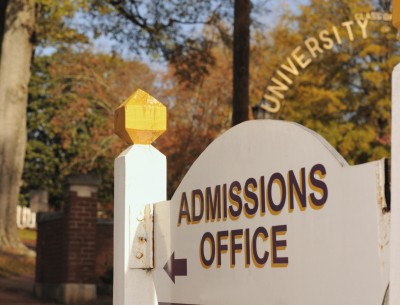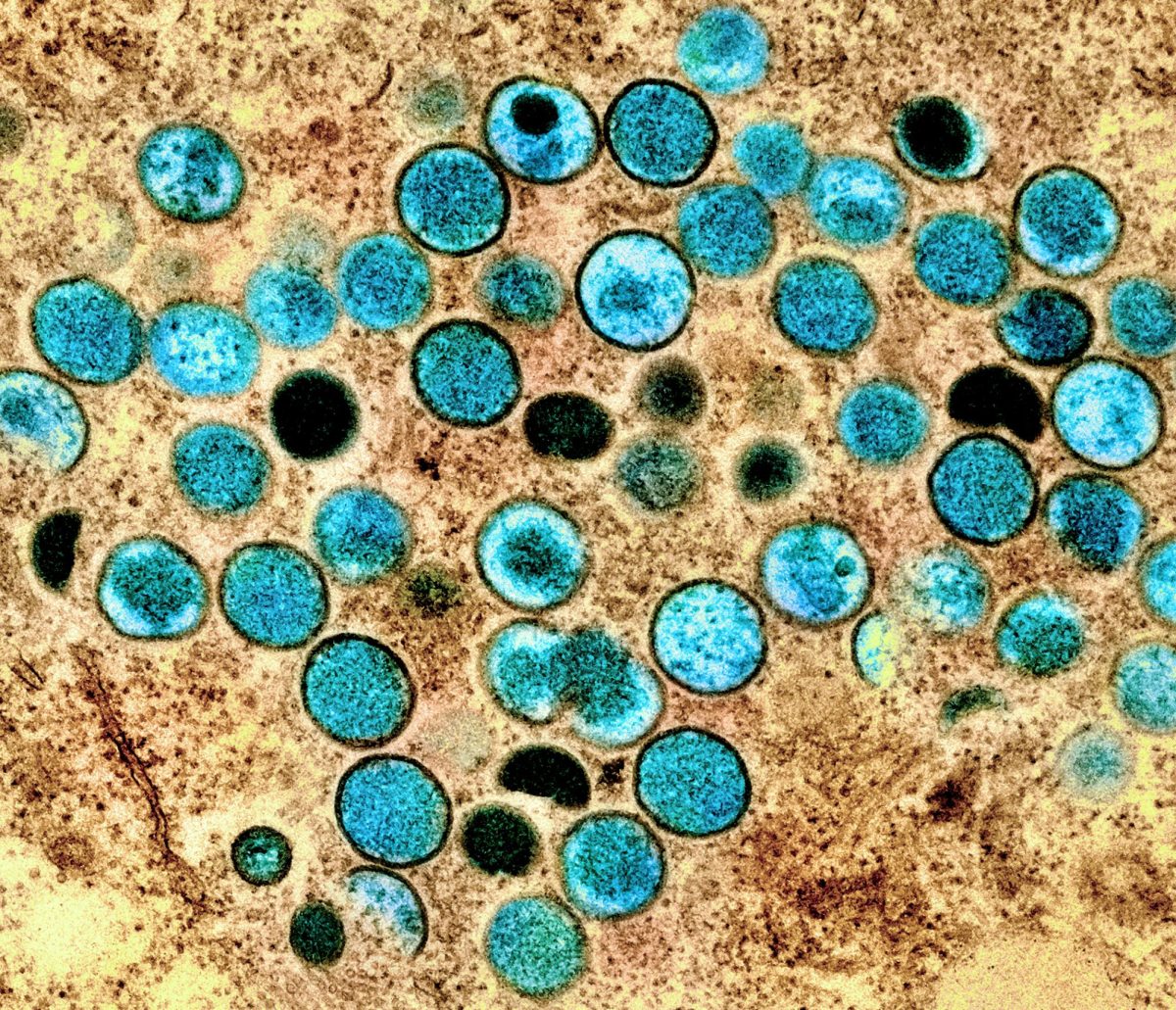By ARIANA APOSTOL
Staff Writer
Who is a better applicant – a Latino-American student in Santa Ana who has a 2174 SAT score, parents with no college education, a family income less than $40,000 a year and a full time job, or an Asian-American student in Irvine who has a 2350 SAT score, a family income of $200,000 a year, plays an instrument, and is a member of 3 clubs at school? This is a question that elite colleges such as Harvard are forced to answer every year – and the answer is not simple.
College admissions processes for elite universities aim to admit the most successful student applicants in the nation. However, there is a lot of disagreement over what the “most successful students” look like. Are they the students with the best standardized test scores? The most extracurriculars? The highest GPAs? The most creative personalities? The first ones to apply to college in their families, despite the odds being stacked against them?
It is widely agreed that the college admissions process is not completely fair, as, in their attempts to create a diverse class with different socioeconomic and ethnic backgrounds, universities do not always succeed without hurting other applicants. While this goal is good in theory, many Asian-Americans often seem to be held to a higher standard than do other races when it comes to their admissibility. In response to this problem, a group of students actually filed a lawsuit against Harvard in an attempt to create a fair admission process that allows Asian-Americans to be held to a standard closer to that of other races. At the same time, however, in a statistic provided by The New York Times, although black and Latino students comprise 70% of the student body, they make up only 011% of students at elite colleges, reflecting the advantage that white and Asian-Americans have already. While the lawsuit is still ongoing, the Huffington Post and various other news outlets are skeptical about its leading to any real changes.
While universities do not actively seek out wealthier students, students with higher parental incomes not only often perform better than do lower income students, but also can afford to pay to attend elite universities. The New York Times reported that poor students are still almost as rare at elite colleges as they were twenty years ago, despite the drastic increase in the number of students attending college. Moreover, many schools are unable to provide as much financial aid as would be needed for a more socioeconomically diverse student body.
As explained in a Los Angeles Times article written by a former admissions officer for the University of Pennsylvania, many elite universities use a ‘holistic’ admissions process because “it allows a college to factor in a student’s background, challenges overcome, extracurricular involvement, letters of recommendation, special talents, writing ability and many other criteria. Private schools and many public universities can include race among the characteristics they consider, as long as they don’t apply racial quotas.” However, the author qualified, this often is not as simple as it seems because athletic scholarship students, students of alumni, and potential and current donors are often considered before the ‘holistic’ value of a student’s application even comes into play.
In an effort to curb these biases, lower academic stress, level the socioeconomic playing field and encourage students to combat ethical issues, several elite universities and Making Caring Common (MCC) have partnered up to make changes to the admissions process in coming years. Harvard has released a report titled Turning the Tide: Inspiring Concern for Others and the Common Good through College Admissions, outlining the plan.
While it is still unclear as to what exactly should be considered when applying to colleges, admissions processes undoubtedly need to work towards creating student communities that not only reflect diversity, but also honor students with passion and academic successes who come from all socioeconomic backgrounds. Students from University High School work incredibly hard to maintain their academic excellence and extracurricular involvement, but probably need to emphasize their passions more than their academic achievements that are expected of them. While the college admission process may not change during the high school careers of current UHS students, it needs to evolve to appreciate all types of students while not failing to admit qualified students because they don’t have the financial circumstances or meet the diversity standards that other students do.
The college admissions process: what should we value?
April 14, 2016

0
Donate to Sword & Shield
$180
$1000
Contributed
Our Goal
Your donation will support the student journalists of University High School. Your contribution will allow us to purchase equipment and cover our annual website hosting costs.
More to Discover













